
The coldest season came, and Christmas and New Year's decorations were with it. But how do you describe this season in Japanese? Adjectives, festivities, and food! Here's our guide about 10 valid Japanese Winter words!
Typical Japanese Winter Words
1. Fuyu・冬
First of all, the word "Winter" is ふゆ - Fuyu. Prepare for cold, snow, and amazing white landscapes. It's also the time to prepare for New Year's celebration!
The kanji 冬 is simple, and you can combine it to have winter-related things:
- 冬休み・Fuyuyasumi, winter vacation
- 冬着・Fuyugi, winter clothing
2. Samui・寒い
How to describe winter without the word "cold"? In Japanese, it's Samui - さむい. It's the opposite of 暑い (atsui)・"hot". In the same way, it's an -i ending adjective which you can conjugate like this:
| Present/future form: 寒い | Samui | It's cold |
| Present/ future negative form: 寒くない | Samukunai | It's not cold |
| Past affermative form: 寒かった | Samukatta | It was cold |
| Past Negative form: 寒くなかった | Samukunakatta | It wasn't cold |
| Continuative form: 寒くて | Samukute... | It's cold and... |
3. Yuki・雪
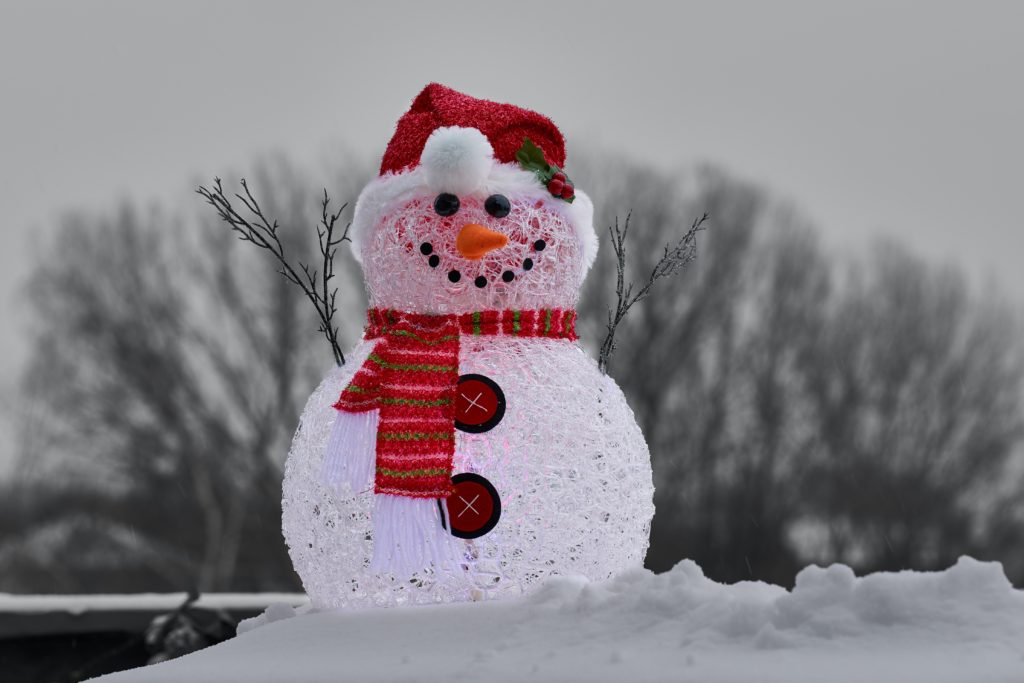
Here's the protagonist of the Winter season: the snow - Yuki, ゆき. The kanji for it is similar to the one for "rain" - Ame (雨), with something more. Do not mistake it!
In addition, remember how to say "snowman": Yukidaruma - ゆきだるま (雪だるま).
Winter Festivities Related Words
4. Christmas Tree・クリスマスツリー
Japan does celebrate Christmas, even if it's not an official Holiday. The streets will be full of decorations and light. Of course, the word comes from English and so it's written in katakana: クリスマス - Kurisumasu. And what's this festivity without a proper Christmas tree・クリスマスツリー?
5. New Year's Day・お正月
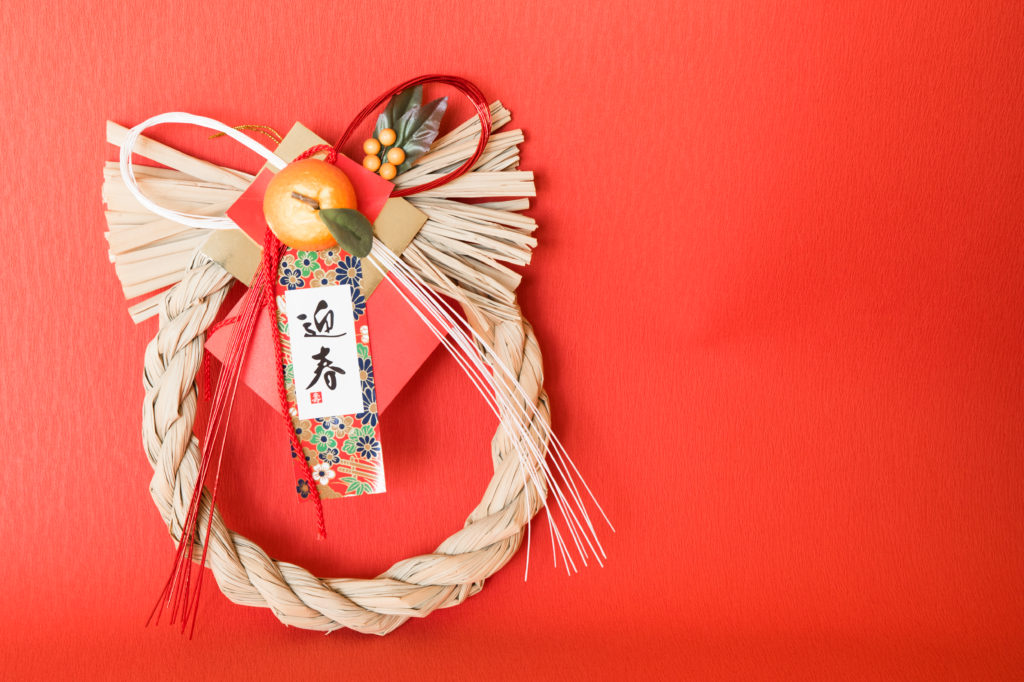
In Japan, the first day of the New Year is considered more important than the last. To refer to it, use the word Oshougatsu, お正月. During this period, you can find special "New Year's decorations", the 正月飾り・Shougatsu kazari, like the Kadomatsu - かどまつ (門松), the decorations with pine branches.
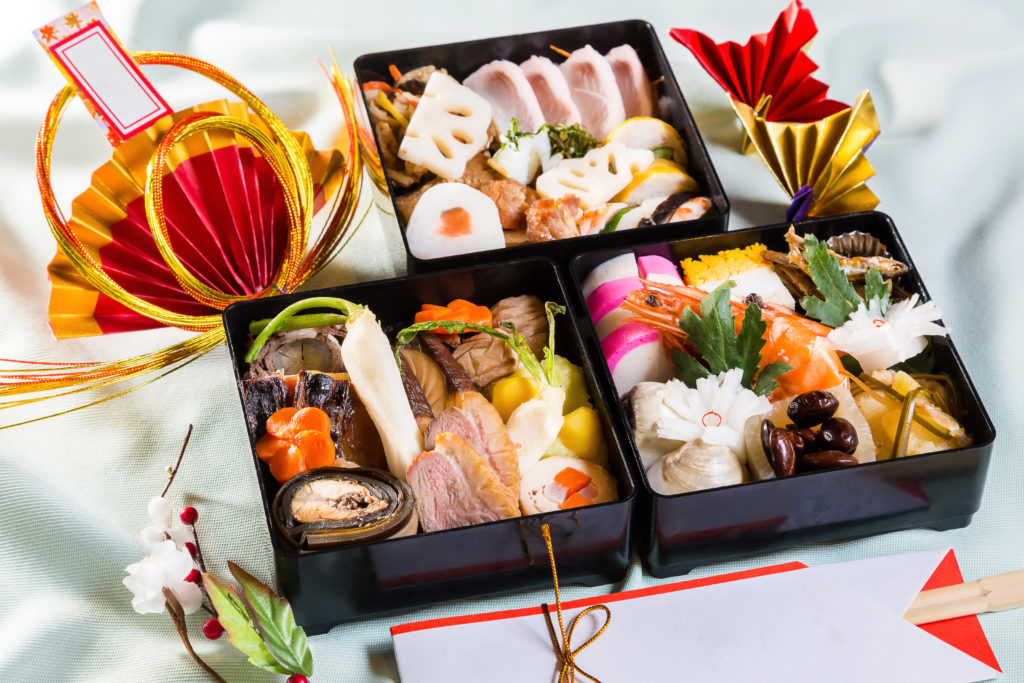
Furthermore, a special New Year's cuisine exists for the first day of the year: it's the Oseichi Ryouri・お聖地料理. It's an assortment of colorful dishes packed together in special boxes, where colors are the main theme. Every little dish has a special meaning in welcoming the New Year.
6. Hatsumoude・初詣
はつもうで・Hatsumoude is the first New Year's visit to a Shinto shrine. To learn how to behave there, check our guidelines on how to visit a Shinto shrine!
Japanese Winter Related Activities and Food
7. Kotatsu・炬燵
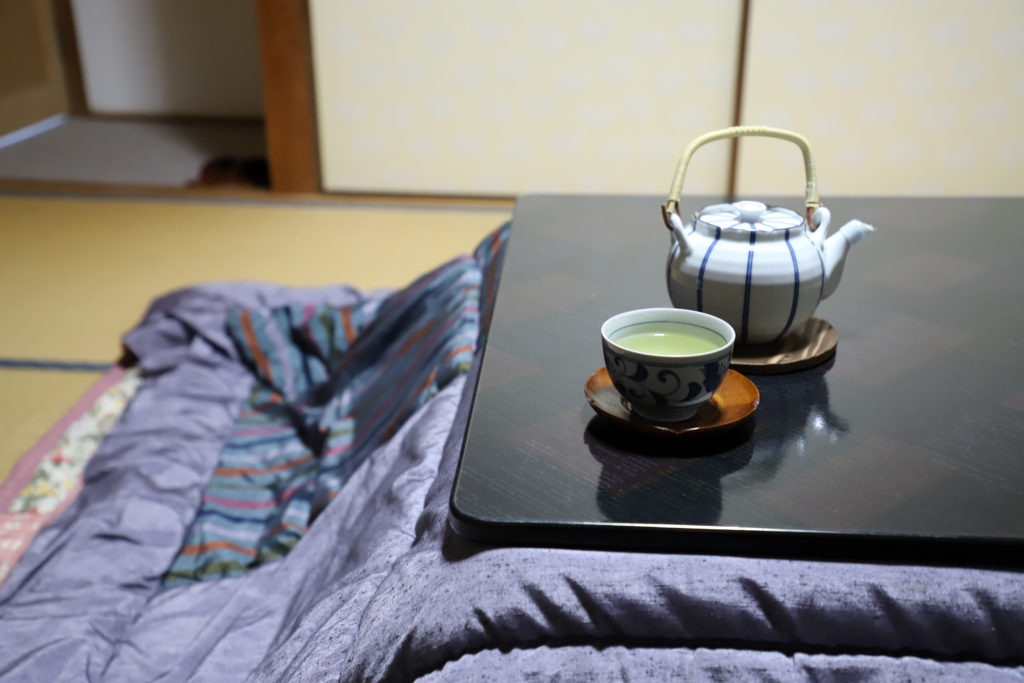
If you never try this, it's hard to imagine how it is. Kotatsu consists of a low table with a heating device covered by a blanket. On cold days, eating a snack with tea under it is just the best!
8. Mandarin・みかん
Mandarins are very appreciated during the Winter season in Japan. This fruit under a Kotatsu will be just the perfect pairing to relax with during cold days!
9. Oden・おでん
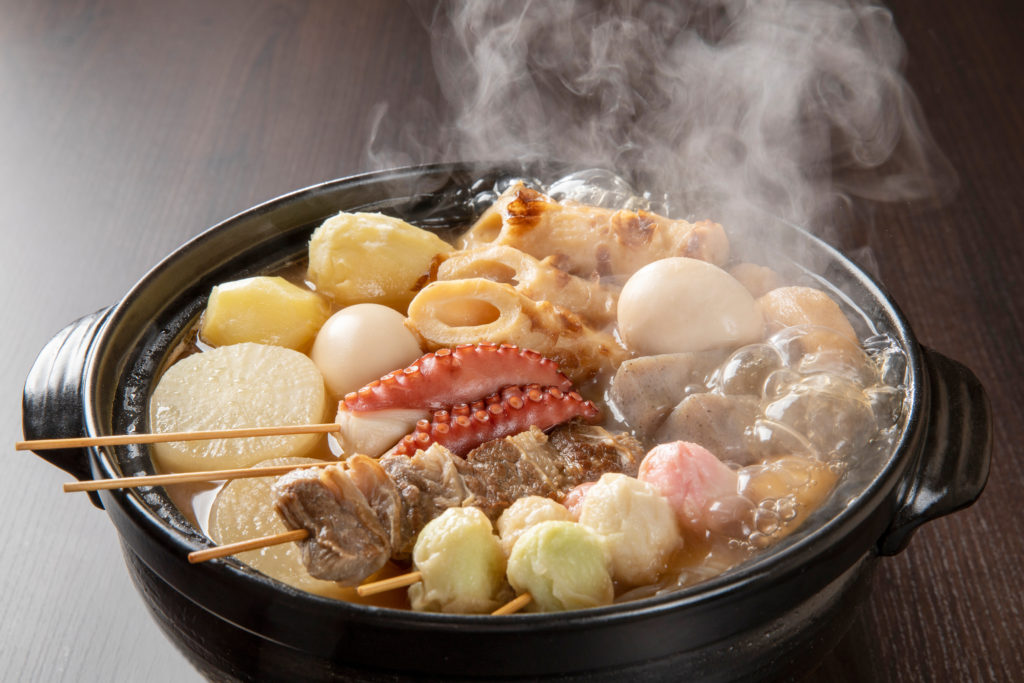
Oden it's a Japanese hotpot with assorted ingredients like daikon, tofu, or fish cake. Watch it, and if you can't stand hot food, you will be called a Nekojita・ねこじた!
10. Mochi・餅
The last of our Winter words list is the Mochi! This is a typical Japanese rice cake, with a special version of it during New Year's: the Kagami Mochi.
Check paragraph 3 of this article to know more about it!
Thank you for reading!
If you liked this article, do not miss the essential vocabulary for the other Japanese seasons!
Japanese Vocabulary: 13 Summer Words You Need to Know
Japanese Vocabulary: 10 Easy Fall Words You Need To Know!
Author: Valeria (graduated from Ca’Foscari University Japanese Studies)

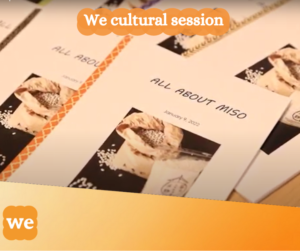
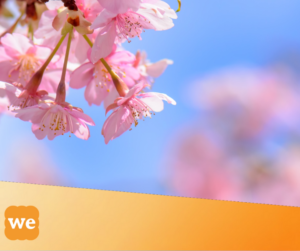
To the we-japan.com administrator, Thanks for the well-organized and comprehensive post!